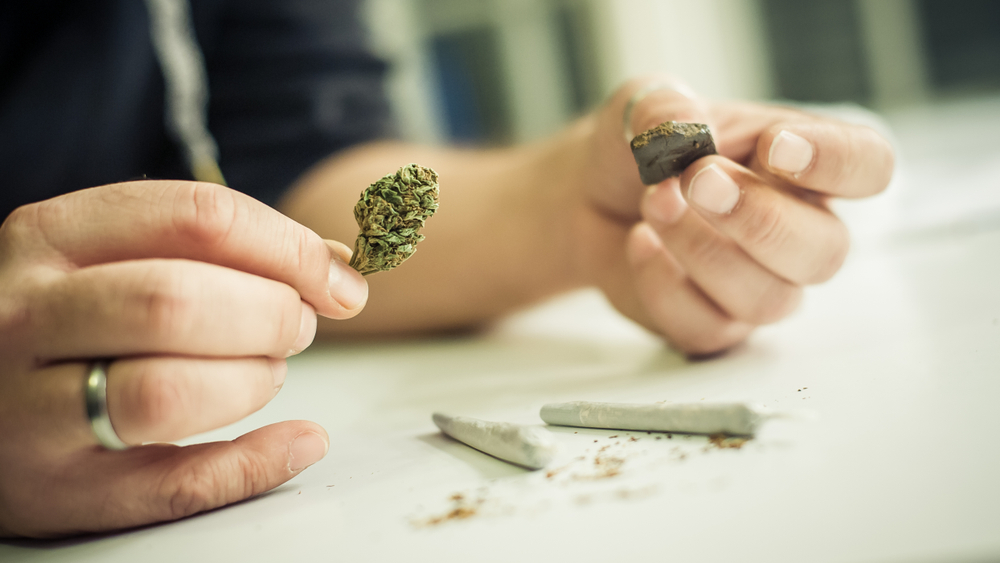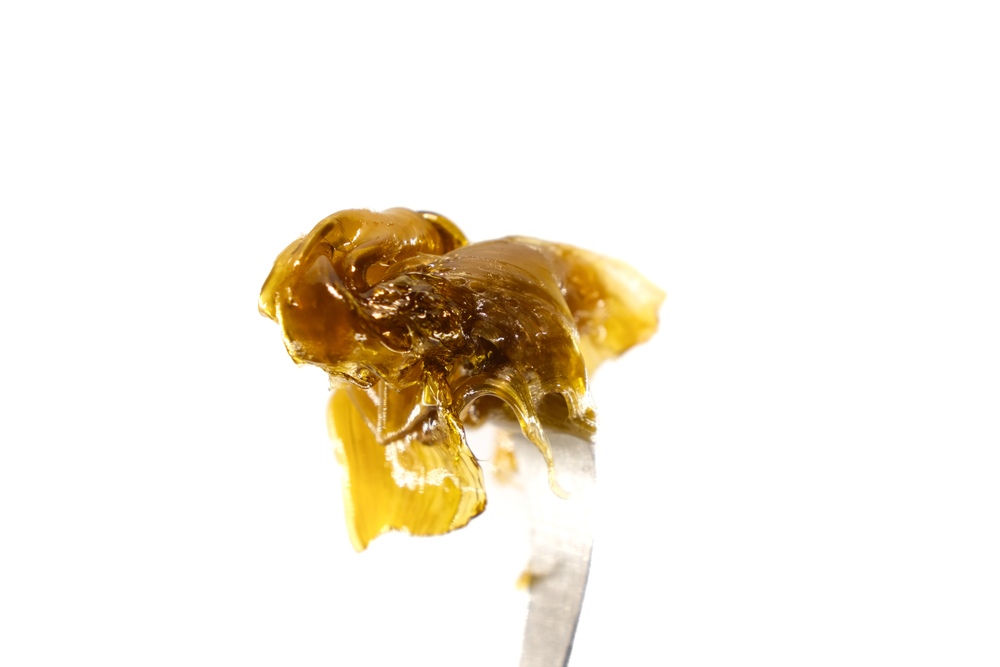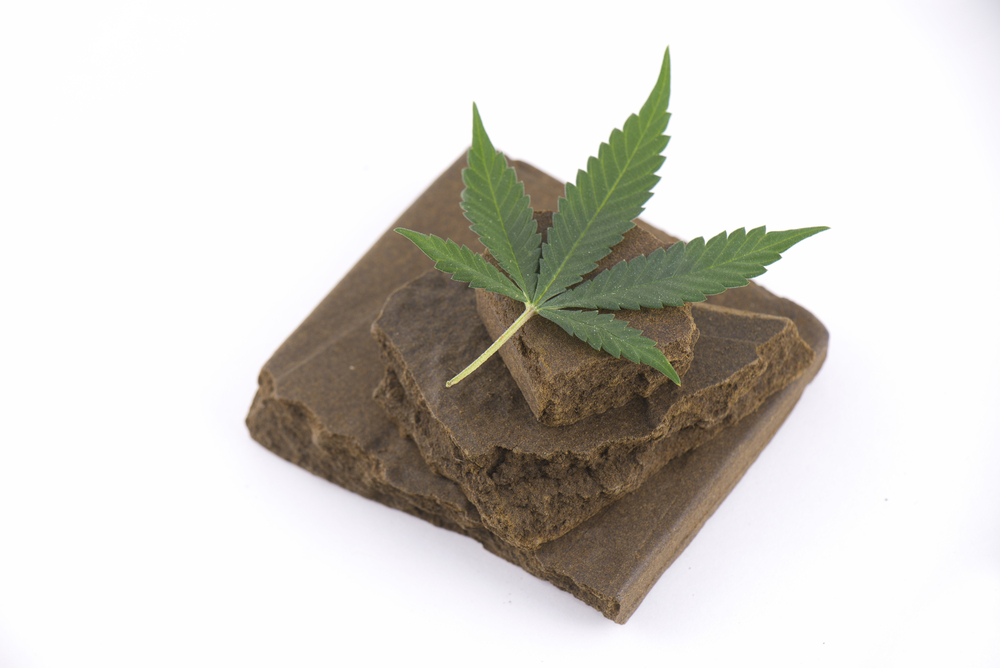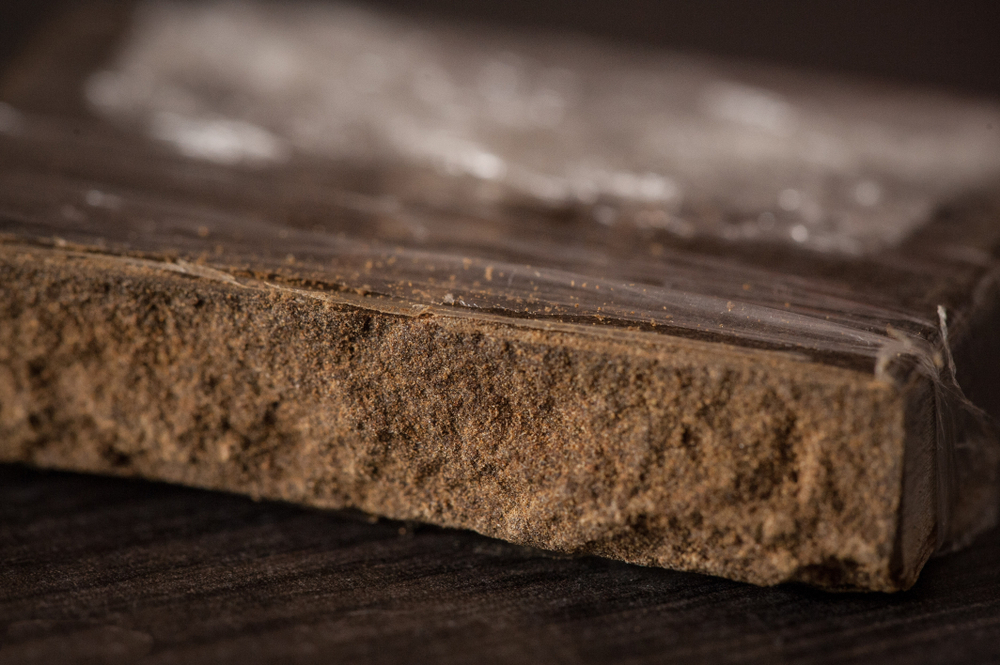Back in the day, not everyone had the luxury of trying all the different types of hash we have today. Before the modern cannabis craze, there was only one type of hash, and it was known to be the staple in the cannabis enthusiast’s arsenal.
But thank to modern technology, both old and new ways to make hash have been surfacing in the western world, each with their own unique twist for all types of people to enjoy.
While modern technology has given rise to lean and efficient techniques in cannabis refinement, there are also much more storied approaches that have a rich history with different cultures around the world.
Keep on reading to learn more about the different types of hash and which type might be perfect for you!
What are The Different Types of Hash?
Hash is created from the trichomes or kief of the cannabis plant by applying heat and pressure to those bulbous, resinous glands that coat the surface of the cannabis plant. Containing a large amount of the cannabinoids and terpenes at the end they give perfect hash that you know and love.
As you probably already guessed, not all hash is made equal. There are several factors that come into play when creating the perfect hash, be it the strain, extraction method, processing method, to even the amount of exposure to air.
Dry sift hash
If you’re already familiar with kief, then you’re already familiar with Dry Sift Hash. Dry Sift Hash is basically the same thing as kief, but amped up to a larger scale.
Hash makers will usually accumulate a large amount of kief using custom filters or a pollen box. Some producers like to store their hash in its powdered form, while others like to press and pack it into blocks or coins.
Because Dry Sift Hash is basically kief, you could technically make your own with a three-chamber grinder.
All you’ll have to do is collect the kief at the bottom through grinding your bud. The only downside is that it may take a while to gather a substantial amount. Once you have enough, you can pack it into bricks or sprinkle it on your bud, this type of hash is easy to do and gets the job done.
Finger hash

Moving to a more traditional approach – finger hash is one of the oldest recorded methods of creating the hash.
Stemming from India, finger hash was originally made during the processing of their cannabis crops. Hash makers would use their fingers to gather any resin that stuck from making contact with the plant, allowing them to collect large amounts in the palms of their hands.
Hash makers would then spend the next few hours compressing and heating the resin from the friction of their hand to create what we know as finger hash.
When it comes to the appearance of this type of hash, it has a smooth dark finish with a slight sheen. Finger hash has also lent itself to be smooth and flexible in terms of texture and has a moderately higher THC concentration than your typical high-quality cannabis harvest.
Marijuana rosin

When it comes to the more modern methods of creating hash, rosin checks all the boxes. This type of cannabis concentrate can be easily made at home with the use of a hair straightener, some parchment paper, and of course your favorite bud.
In order to make rosin yourself, it’s actually quite simple. The idea is to apply pressure by pressing the cannabis flower with the hair straightener to have the combined effect of the pressure and heat acting upon the buds.
The pressure and high heat will cause the cannabinoids found in the resin to dissipate from the weed and get absorbed by the parchment paper. When it’s all cooled down, you’re left with a thick, syrupy substance that can be easily dabbed or smoked.
Many people enjoy rosin for its full range of flavor and effects, as it’s believed to be the most efficient extraction method when it comes to preserving both cannabinoid and terpene content.
Nepalese hash
These legendary onyx colored hash balls are a much rarer breed in North America. Also known as Royal Nepalese Temple Balls, this form of hash was first created and enjoyed hundreds of years ago in the mountainous regions of Nepal.
Back in the day, cannabis cultivators grew Indica dominant strains where they were harvested and processed in the Nepali Mountains.
Cultivators rubbed dried cannabis together with their hands until it would release its resins and amass a sticky substance. Once the cannabinoid-rich resins were on their hands, cultivators would use the heat caused by friction to help shape and knead the sticky substance into the form of a ball, where it would be aged before consumption.
Although Royal Nepalese Temple Balls are much harder to come by in North America, those who have had the chance to enjoy them describe their high as a potent kick with citrusy, tropical undertones.
That said, Royal Nepalese Temple balls are known to have an impressive THC content of around 50-80 percent. Not for the faint of heart.
What is The Best Type of Hash in The World?

As it currently stands, there is no such thing as a definitive “best hash in the world” per se, but there are the most potent types. Really, it boils down to the type of metrics you’d use to describe your ideal hash.
Are you looking for a spicy, aromatic taste or something more on the subtler side? Does the texture and smoothness of the smoke matter to you? All of these factors must be taken into consideration before you can decide what’s “best” for yourself.
Our best recommendation is to try out a few that speak out to you and then form your own conclusion from there.
So, What Separates Good Hash From Bad Hash?
Even though determining which hash is the best for you is largely a subjective experience, there are objective ways to find out if you’ve got good or bad hash at hand.
For the most part, if the hash you’re dealing with was made from quality ingredients, its aroma should be nearly identical to the strain it was made of, usually with a bit more aromatic intensity.
Good batches are known for their tightly packed texture, with a firm tenderness when in hot climates, and a bit harder of texture in cold climates.
However, a telltale sign that your hash is made or processed poorly is if you detect anything smells somewhat off or strange about it.
Keep in mind that hash is just a form of refined cannabis and therefore should reflect the scent of fresh cannabis. If you detect any alcoholic, chemical, or even plastic types of smells emanating from your hash, that could be a bad sign. If you find yourself in doubt, it’s better to be safe than sorry.
Types of Hash – Final Thoughts
There you have it, a crash course on the different types of hash you might come across. Hash can be enjoyed indoors in the comfort of your own home, or while out in the great outdoors.
We recommend trying some hashish the next time you’re out hiking or going for a walk, it really livens the whole experience up. Enjoy!


 No products in the cart.
No products in the cart.